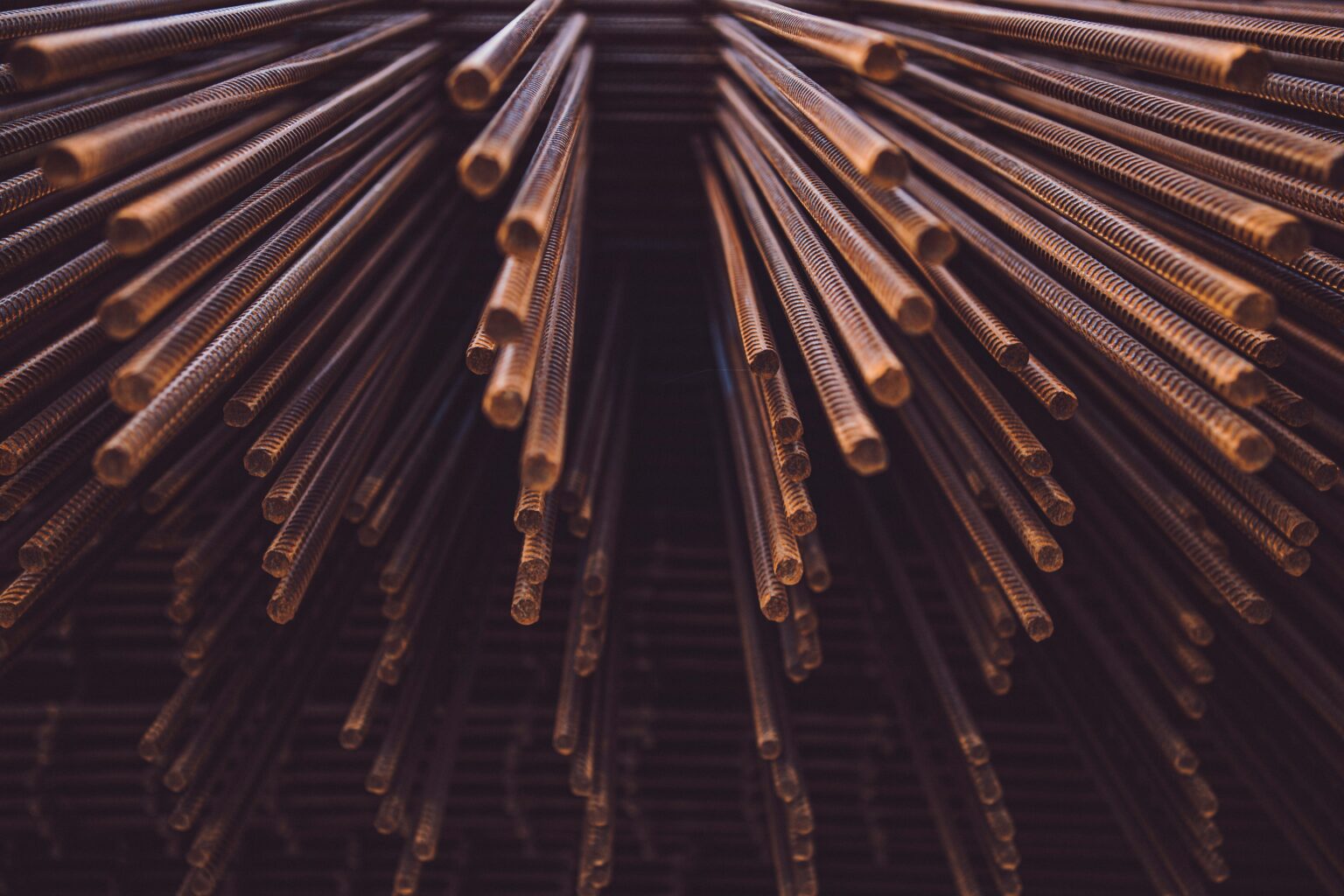The recent collaboration between Brazilian mining giant Vale and China’s Central South University (CSU) in establishing a joint laboratory for low-carbon and hydrogen metallurgy marks a milestone in the pursuit of sustainable steel technologies.
The laboratory, situated in Changsha, prioritizes both basic and applied research in low-carbon and hydrogen steel technologies. With six main research modules, including iron ore processing, direct reduction, and hydrogen steel industry, the facility underscores a commitment to advancing the frontier of sustainable metallurgy.
Vale’s substantial donation of $5.81 million to the laboratory, along with the provision of over 100 sets of research equipment, reflects a significant investment in infrastructure and technology. Equipped with sintering furnaces, high-temperature furnaces, and hydrogen reduction furnaces, the laboratory is poised to facilitate cutting-edge research in hydrogen metallurgy.
Vale’s strategic initiative to establish the joint laboratory aligns with its broader commitment to reducing Scope 3 emissions. By aiming to cut these emissions by 15% by 2035, Vale acknowledges the imperative of decarbonizing its operations and embracing innovative solutions such as hydrogen metallurgy.
In parallel with Vale and CSU’s joint laboratory, RINA, an Italian multinational, has launched the Hydra research project, focusing on hydrogen-based decarbonization technologies. While Vale and CSU emphasize low-carbon and hydrogen steel technologies, RINA’s project centers on the creation of a pilot plant running on 100% hydrogen fuel.
